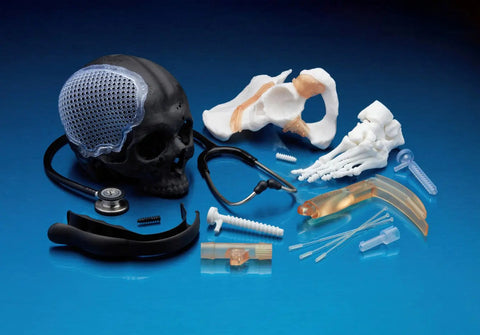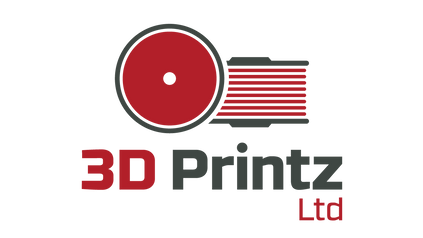
All you need to know about SUNLU Resins
Introduction
When it comes to 3D printing, filament-based printers are not the only game in town. Stereolithography (SLA) and Digital Light Processing (DLP) 3D printers use a different material altogether: resin. Resins offer unique advantages and capabilities for creating high-resolution, intricate, and detailed 3D prints. In this blog post, we'll explore the world of resins for 3D printing, covering the types of resins available, their benefits, and their diverse applications.
Types of 3D Printing Resins
Standard Resin
Standard resins are the most common type used in SLA and DLP 3D printing. They are available in a wide range of colors and are suitable for various applications. Standard resins produce smooth, detailed prints with a glossy finish.
Flexible Resin
Flexible resins, also known as elastomers, are designed to produce flexible and rubber-like prints. They are ideal for creating prototypes of gaskets, seals, and ergonomic grips. Flexible resins come in varying degrees of flexibility, allowing you to tailor the print's properties to your needs.

Tough Resin
Tough resin is engineered to produce 3D prints with high impact resistance and durability. They are often used for functional prototypes and parts that need to withstand stress and wear. Tough resins are suitable for applications in engineering, robotics, and product design.

Castable Resins
Castable resins are specifically formulated for creating detailed jewelry designs and dental applications. They burn out cleanly during the casting process, leaving no residue behind. This makes them ideal for investment casting of metals.

Bio-Compatible Resin
Bio-compatible resins are designed for applications in the medical and dental fields. They are safe for use inside the human body and can be used to create surgical guides, dental models, and custom implants.

Engineering Resin
Engineering resins come in various formulations, such as high-temperature, chemical-resistant, or flame-retardant. These resins cater to specific industrial needs, including aerospace, automotive, and electronics applications.
Water washable Resin
Water-washable resin is a type of 3D printing resin that can be cleaned with water instead of isopropyl alcohol (IPA). This makes cleanup easier and saves money on IPA or other cleaning solutions. "Water washable" only refers to how the resin can be washed with water. Water washable resins have different mechanical properties. For example, you can find water-washable ABS-like resin and water-washable PA-like resin. However, some users have reported that printed parts can crack over time because the resin absorbs water and swells.
Benefits of Using Resins in 3D Printing
1.High Precision and Detail: Resins can achieve extremely high levels of detail and precision, making them perfect for creating intricate models and prototypes.
2.Smooth Surface Finish: Resin prints generally have a smooth, glossy finish straight from the printer, reducing the need for post-processing.
3.Diverse Material Properties: Resins are available in various formulations, offering a wide range of material properties, from flexibility to high impact resistance.
4.Minimal Warping: Unlike filament-based 3D printing, resin printing is less prone to warping, thanks to the layer-by-layer curing process.
5.Excellent Print Resolution: Resin printers can achieve fine layer heights, resulting in incredibly detailed and visually appealing prints.
Applications of Resin 3D Printing
Jewelry Design: Castable resins are commonly used to create intricate jewelry designs, allowing jewelers to rapidly prototype and iterate on their pieces.
Dental and Medical: Bio-compatible resins enable the creation of dental models, orthodontic devices, and even custom implants for medical use.
Miniatures and Figurines: Resin 3D printing is popular in the tabletop gaming and collectibles industries, as it can produce highly detailed miniatures and figurines.
Engineering Prototypes: Tough and engineering resins are used for creating functional prototypes and parts for testing and validation.
Art and Sculpture: Artists often use resin 3D printing to bring their digital designs to life, resulting in intricate sculptures and artwork.
Conclusion
Resin 3D printing offers a world of possibilities for makers, designers, and professionals across various industries. With its ability to produce high-detail, high-resolution prints and a wide range of material properties, resins have become a valuable tool in the world of additive manufacturing. Whether you're creating jewelry, medical devices, engineering prototypes, or works of art, resin 3D printing can help you turn your ideas into reality with precision and finesse.

Leave a comment